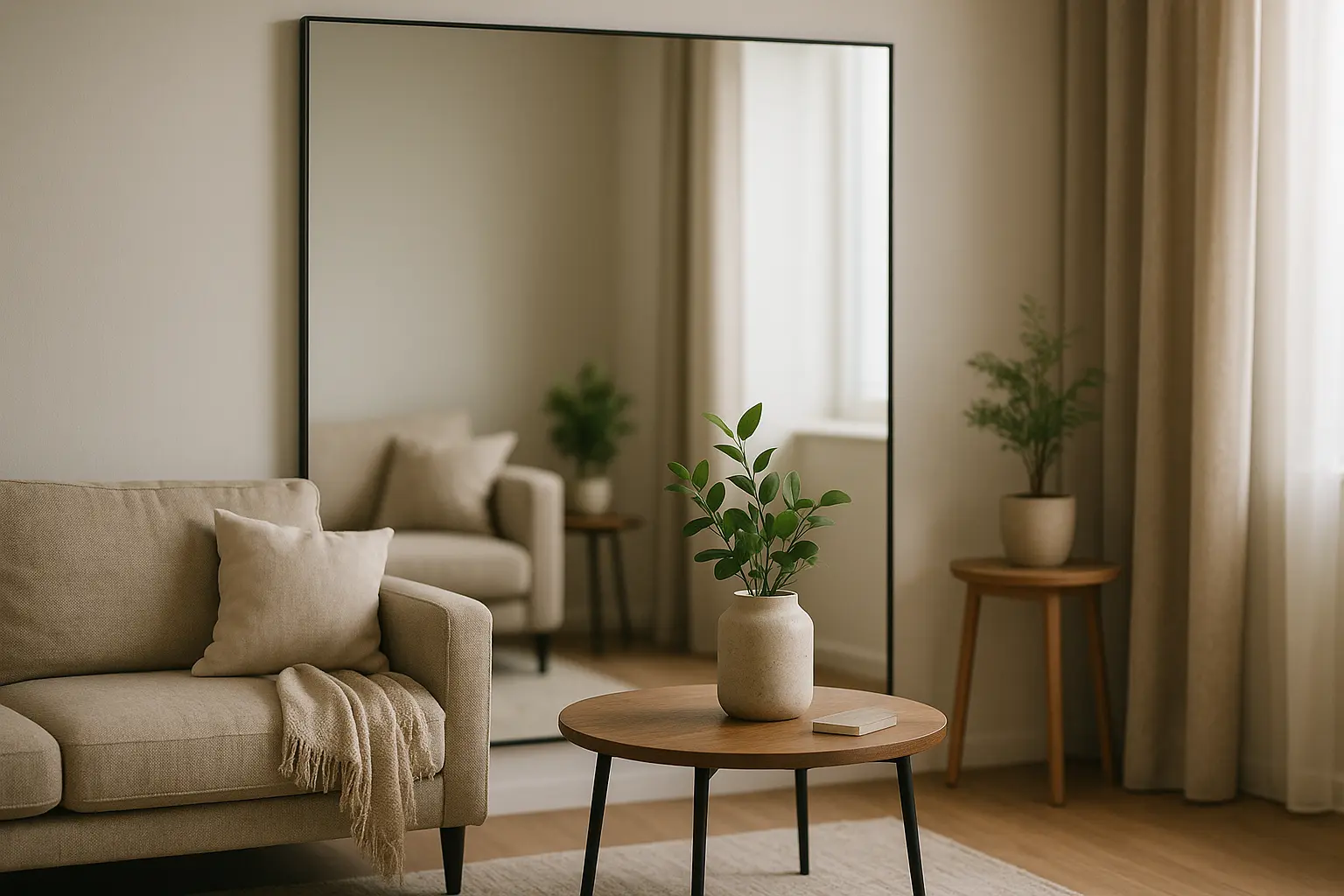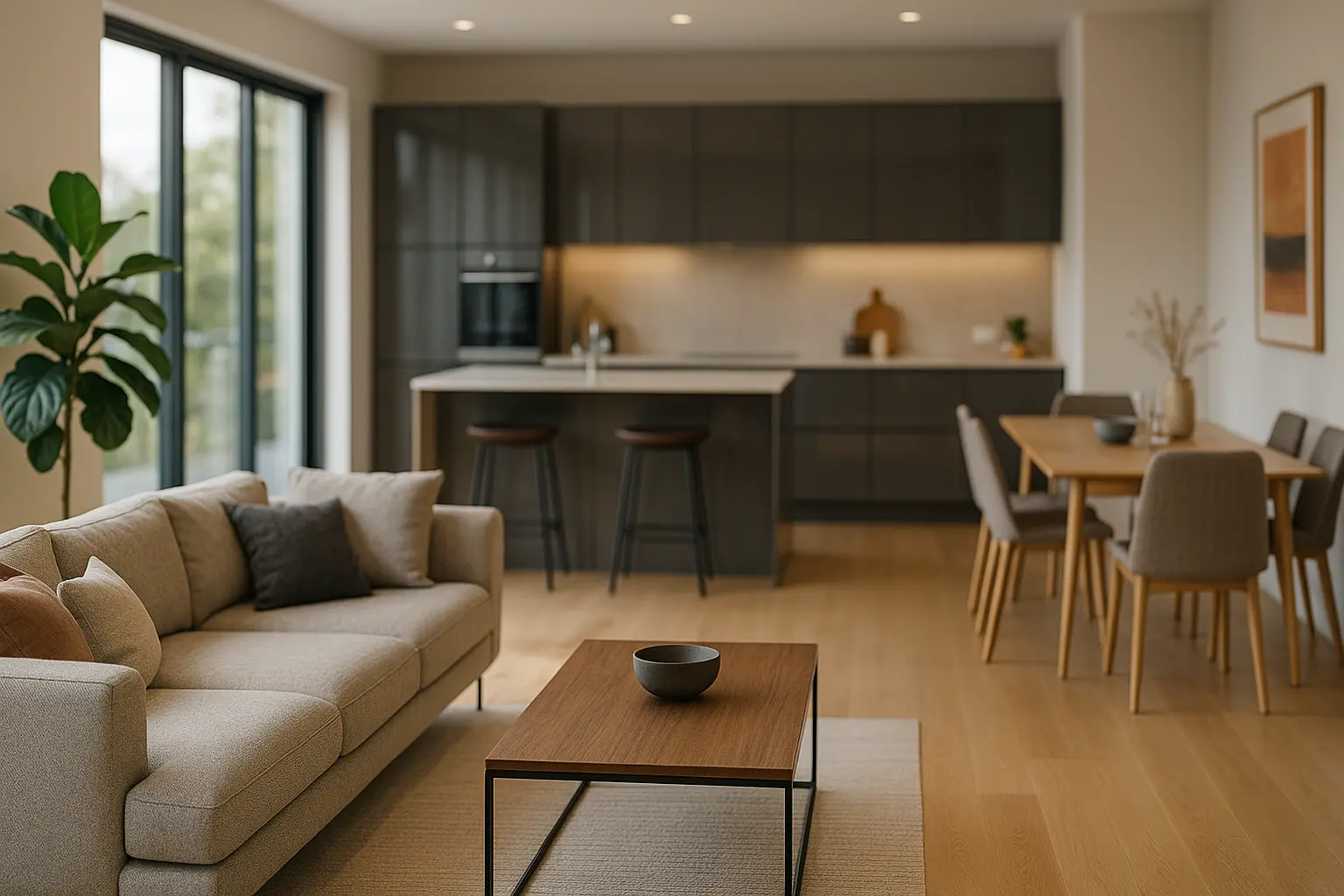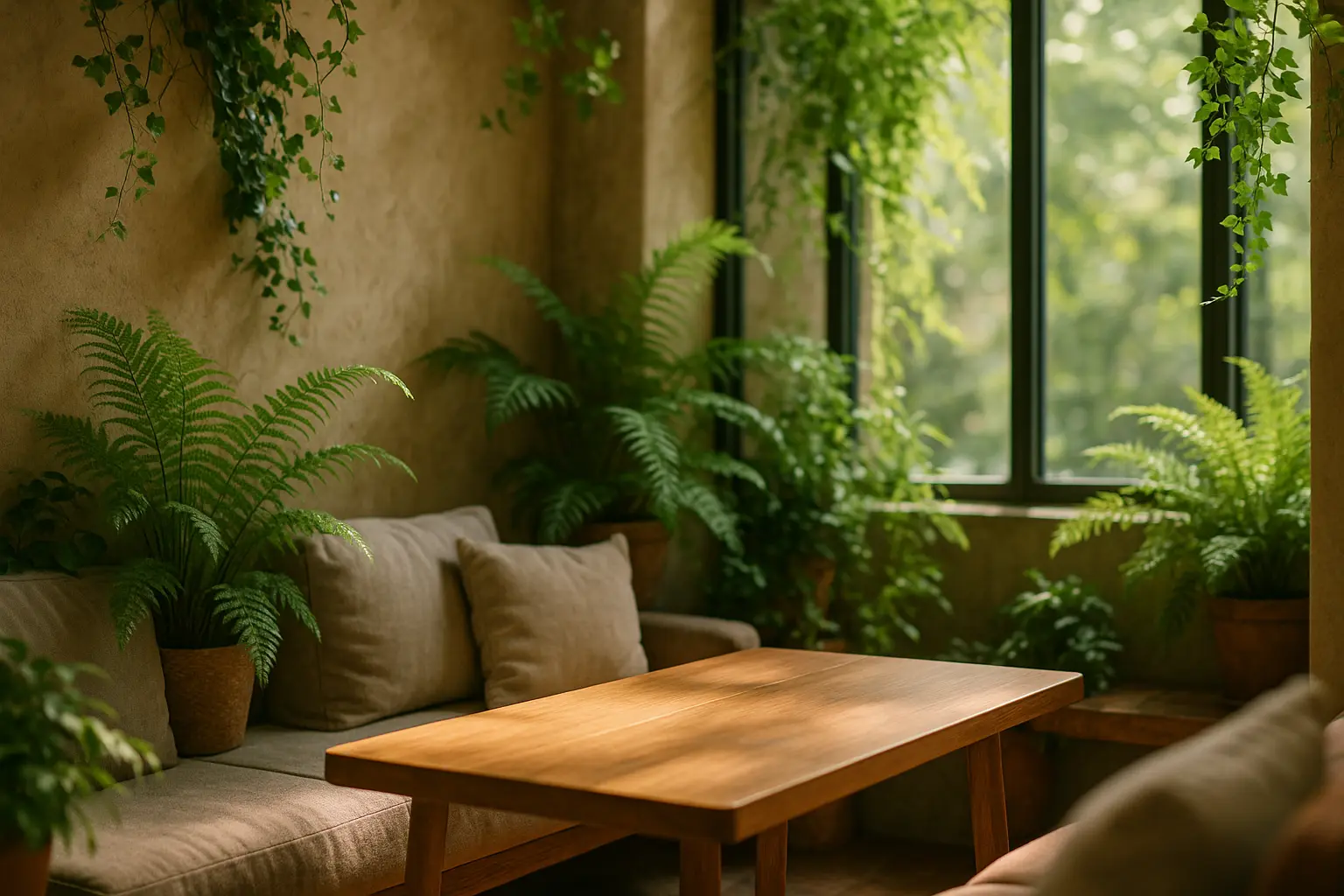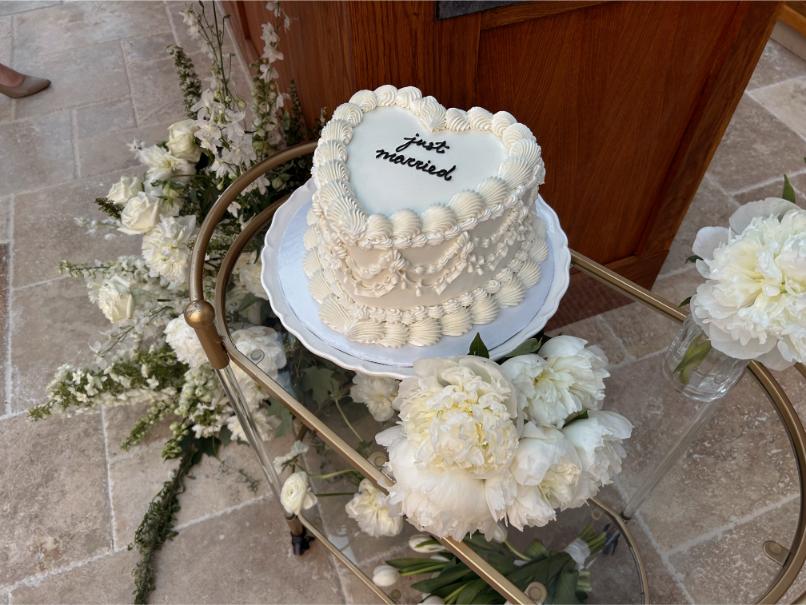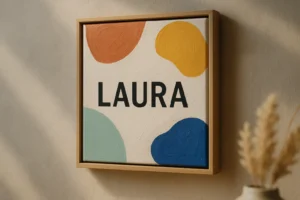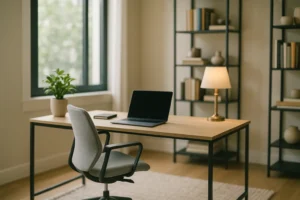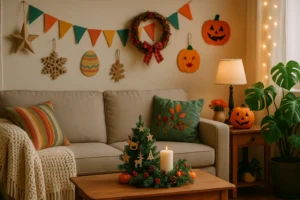How to Use Mirrors to Transform Small Spaces ?
In the ever-evolving world of interior design, mirrors continue to stand out as one of the most versatile tools in transforming spaces. Imagine walking into a room and instantly feeling a sense of openness and depth. That’s the magic mirrors can create when used thoughtfully. Today, we delve into the art of using mirrors to amplify the feeling of room space, enhance light, and even add a touch of style to any living area. So, let’s explore how mirrors, whether they’re simple or ornate, can make a significant difference in our humble abodes.
The Art of Reflecting Light: Brightening Up Your Space
Mirrors have an enchanting ability to reflect light, making them an invaluable asset for brightening any room. By strategically placing a mirror opposite a light source, we can multiply the natural glow flowing into our spaces. This simple yet effective technique can dramatically change the ambiance, making even the smallest rooms feel airy and expansive.
Consider positioning mirrors near windows or on walls where they can capture and reflect sunlight. This not only enhances the brightness but also brings an element of the outdoors inside. In spaces lacking natural light, adding a mirror near an artificial light source can similarly mimic this effect, dispersing the glow to create a warm and inviting atmosphere.
The type of mirror also plays a crucial role. A large, unframed mirror can create a seamless flow of light, while smaller, decorative mirrors can add a sparkle to the environment. Remember, in design, visual interest is just as important as functionality. By incorporating mirrors into our lighting strategy, we can elevate our interiors, making them not just brighter but also more welcoming.
Creating Illusions: Making Small Rooms Feel Larger
In small spaces, creating the illusion of largeness is essential for comfort and style. Mirrors act as visual tools that can effortlessly double the perceived size of a room. By reflecting walls, furniture, and decor, they trick the eye into seeing more than there truly is.
To maximize this effect, let’s consider placing a large mirror on one of the longest walls. This not only extends the view but also adds a dramatic touch. With the mirrored surface reflecting the room’s contents, it creates an endless loop of space, making the room feel twice its actual size.
Additionally, using mirrored furniture or decor pieces can subtly enhance this effect. For instance, a mirrored coffee table or cabinet can seamlessly blend into its surroundings, reducing clutter and opening up the floor space. These elements not only contribute to the room’s visual size but also add a layer of sophistication.
Ultimately, the strategic placement of mirrors is key. By hanging them at eye level, we can ensure that they reflect the most appealing aspects of the room, further enhancing its spacious feel. Mirrors truly are our allies in making small spaces feel grand.
Mirrors as Style Statements: Enhancing Your Decor
While mirrors are functional, they can also serve as stunning style statements, elevating the overall decor of any space. Whether opting for a contemporary or vintage look, mirrors can seamlessly adapt to any design preference.
Choosing the right frame can transform a mirror from a simple functional piece to a striking art element. A gilded or intricately designed frame can add an element of luxury and tradition, whereas a sleek, minimalistic frame can contribute to a modern, sophisticated aesthetic.
Mirrors come in various shapes and sizes, each adding its unique charm. A round mirror can soften the room’s geometry, while a rectangular one can add a sense of order and structure. To create a dynamic visual impact, consider experimenting with a gallery wall of assorted mirrors, mixing and matching frames, shapes, and sizes.
When it comes to reflecting style, the location is everything. Over a fireplace, above a console table, or as a focal wall piece, mirrors can tie the room together, reflecting not just light but also the personality and taste of the dwelling’s inhabitants. Our homes are reflections of ourselves, and mirrors allow us to decorate with intentionality and flair.
Beyond Reflection: Mirrors as Functional Art Pieces
Mirrors can transcend their traditional roles by becoming functional art pieces, adding both form and function to a room. Their reflective nature can be used creatively to capture and reflect curated views within a space, elevating them from mere decor elements to integral parts of interior storytelling.
Mirrors with intricate carvings or unique shapes can serve as standalone art pieces. Positioned in an entryway or living room, they not only demand attention but also provide depth and intrigue. When angled correctly, they can highlight architectural features or accentuate a favorite piece of art, adding layers to the room’s narrative.
Incorporating mirrored surfaces into furniture—like dresser tops, sideboards, or shelving units—enhances both the aesthetic and practical aspects of a room. These pieces reflect surrounding colors and patterns, creating a cohesive and immersive atmosphere.
Furthermore, mirrored backsplashes in kitchens or dining areas can serve dual purposes: visually expanding the space while offering easy-to-clean surfaces that reflect the surrounding decor. The fusion of functionality and artistry in mirrors allows us to transform rooms into expressive and engaging environments.
Ultimately, mirrors are more than decorative tools; they are versatile elements that encapsulate both innovation and tradition, offering endless possibilities for creative expression.
Mirrors have long been celebrated for their remarkable ability to transform spaces. As we’ve explored, they are multipurpose marvels that brighten, expand, style, and create atmospheres that reflect our unique personalities. In today’s age of design, where every square foot matters, mirrors stand as indispensable allies in making the most of our living spaces.
As we conclude, let’s remember that mirrors aren’t just about reflection; they’re about creating a harmonious balance between form and function. By harnessing their potential, we can turn any space, no matter how small, into a sanctuary of light, style, and spaciousness. Let us embrace mirrors not only as decor but as essential tools that enhance the soul of our homes.
FAQ
How can mirrors create the illusion of more space in a small room?
Mirrors reflect light and views, which can make a room appear larger and brighter. By strategically placing mirrors, you can expand the visual boundaries of a space, making it seem as if the room extends beyond its actual dimensions.
Where should I position a mirror for the best effect in a tiny area?
Placing a mirror opposite a window can amplify natural light and create a sense of openness. Alternatively, positioning a mirror on a wall that faces an entryway can make the area feel more inviting and expansive.
What types of mirrors work best in compact spaces?
Full-length mirrors or oversized mirrors can significantly impact small rooms by extending visual lines and creating depth. Additionally, mirrored panels or mirrored furniture can add a touch of elegance while maintaining functionality.
Can mirrors be used in every room to enhance space, or are there exceptions?
Mirrors can be beneficial in almost every room, from living areas to bathrooms and bedrooms. However, it’s essential to avoid overloading a small space with too many reflective surfaces, as this can result in a cluttered or disorienting effect.
Are there any mirror shapes or styles that are particularly effective for small spaces?
Round or oval mirrors can soften the hard lines in a compact room and add a touch of sophistication. Frameless or minimalist styles help maintain a clean look, preventing the space from feeling overwhelmed by decorative elements.
